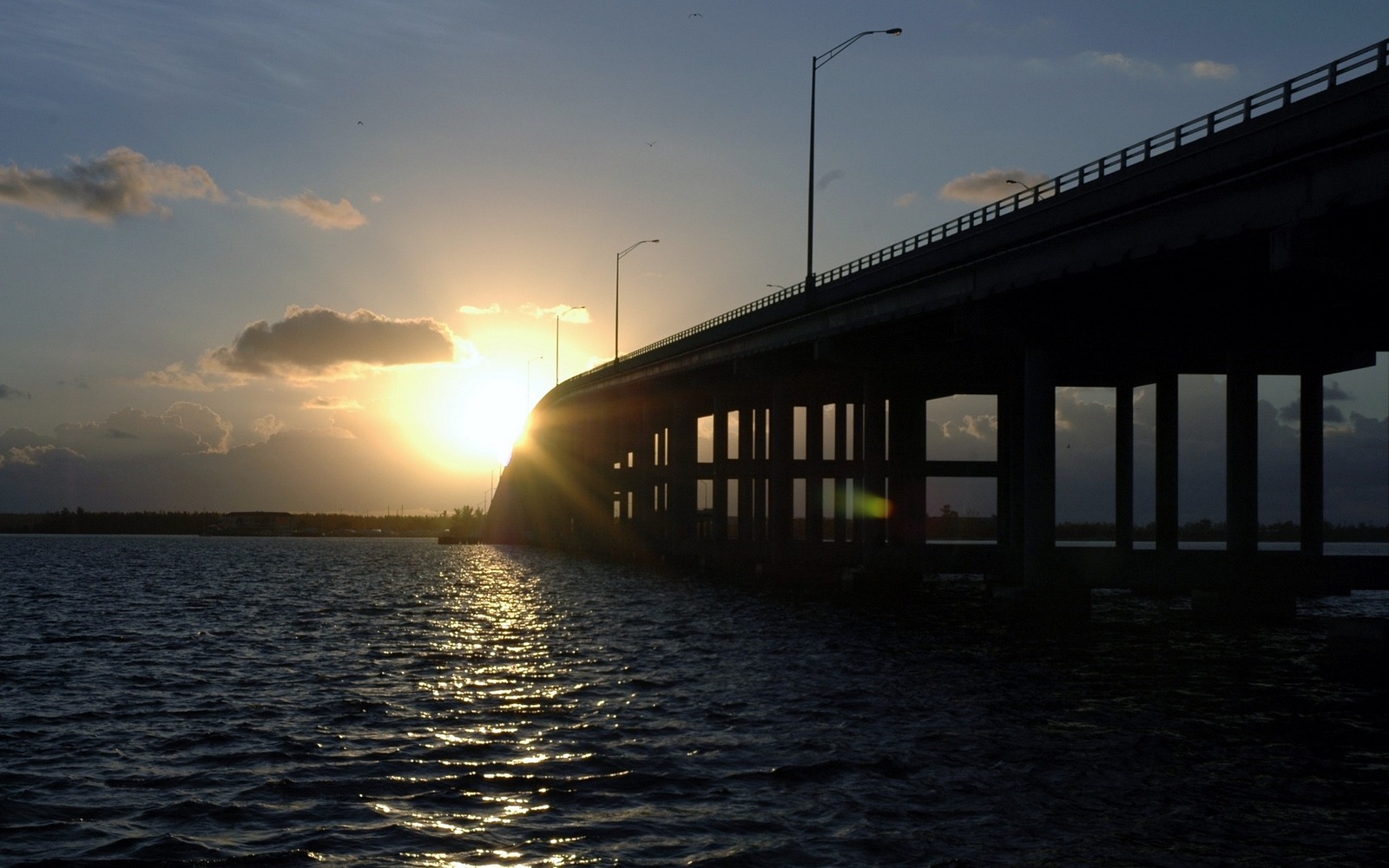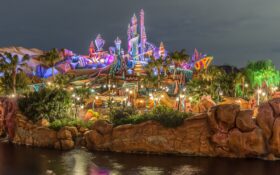Venice Lane

On Biscayne Bay, between Miami and its resort suburb of Miami Beach, stretches a chain of Venetian Islands connected by bridges. The unusual structure was built on the site of the wooden Collins Bridge, which in 1913 connected Miami Beach with the Florida Peninsula. At the time of its opening, the 4 kilometer structure was the longest wooden crossing in the world and was an alternative to the ferry service. But 12 years later it was replaced by reinforced concrete bridges and called the Venetian Causeway, or walkway. At the end of the 20th century the complex was thoroughly restored, spending $29 million on repairs.
Venice Lane passes through seven small artificial islands, and the total length of the dam is 4.5 km. The basis for the bulk objects served the soil, raised from the bottom of the Bay of Biscayne during the works on its deepening. Now the man-made archipelago is built and inhabited, and only Flagler Monument Island is uninhabited. It bears the name of Henry Flagler, the industrialist who paved the railroad tracks along Florida’s east coast. This is where locals choose to go for picnics and walks.
There are 12 arched automobile bridges connecting the Venetian Islands, 2 of them are drawbridges: the east one is connected to Miami Beach, the west one to Miami. They are drawn every half hour between 7:00 and 7:00 p.m. The whole procedure takes six to eight minutes.
The Venetian Causeway offers magnificent views of the ocean expanse. Here you can not only admire nature, but also do sports – running, biking or rollerblading: there are sidewalks and bike lanes on each of the bridges.
Address: Miami North, Atlantic Ave. GPS coordinates: 25.791111, -80.165.
Getting there: Take bus #9 to NE 1st Av & NE 14th St; take the Metromover to Adrienne Arsht Center Metromover Station. There is a bus number 101 on the causeway. To enter by car you have to pay 3 USD.
